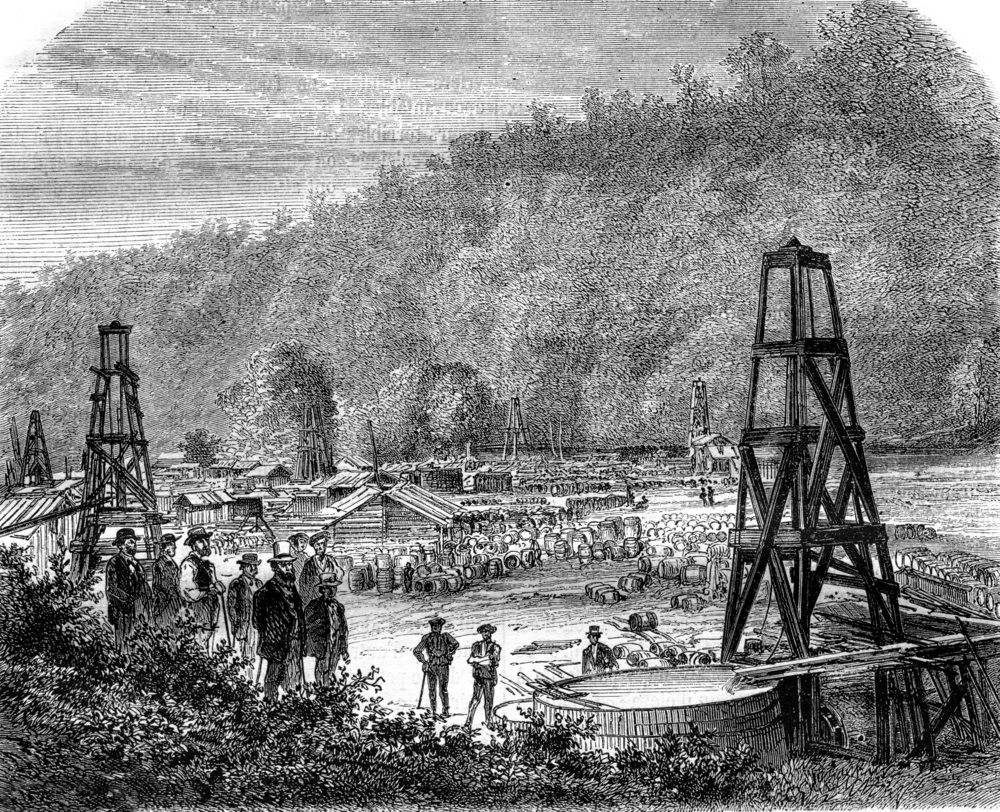
The National Energy Technology Laboratory (NETL) recently launched an interactive online story map that highlights the history of early oil development in northwestern Pennsylvania and NETL’s work to address the ongoing environmental impacts of the oil boom in the region.
The NETL project, “Rediscovery of Abandoned Wells in the World’s First Oil Field,” describes the strategies used by NETL researchers to find and address abandoned wells in the area, some of which continue to emit methane.
NETL has worked with state officials to find abandoned wells in Oil Creek State Park, document their locations, and determine whether they are leaking methane and other gases. The Oil Creek Valley has returned to its natural, forested state over time, NETL said, but despite restoration efforts, there are still hundreds of abandoned oil wells in the area.
“In many instances, the earth and soil around these old wells is unstable, which poses a significant safety threat to wildlife and unsuspecting hikers,” Natalie Pekney, technical portfolio lead of the Geological and Environmental Systems Division Field Monitoring Team at NETL, said. “But old wells also can leak methane, a potent greenhouse gas that contributes to climate change.”
The interactive website can also be used to access the Orphan Well Location Survey, a tool that the public can use to forward photos, GPS coordinates and other information about abandoned oil and gas wells found across the United States to NETL researchers.
“The amount of methane leaking from a single well may be small,” Pekney said. “But the U.S. Environmental Protection Agency (EPA) estimates there are 1.2 million abandoned wells across the United States, which means the total amount of methane they leak is a significant concern.”